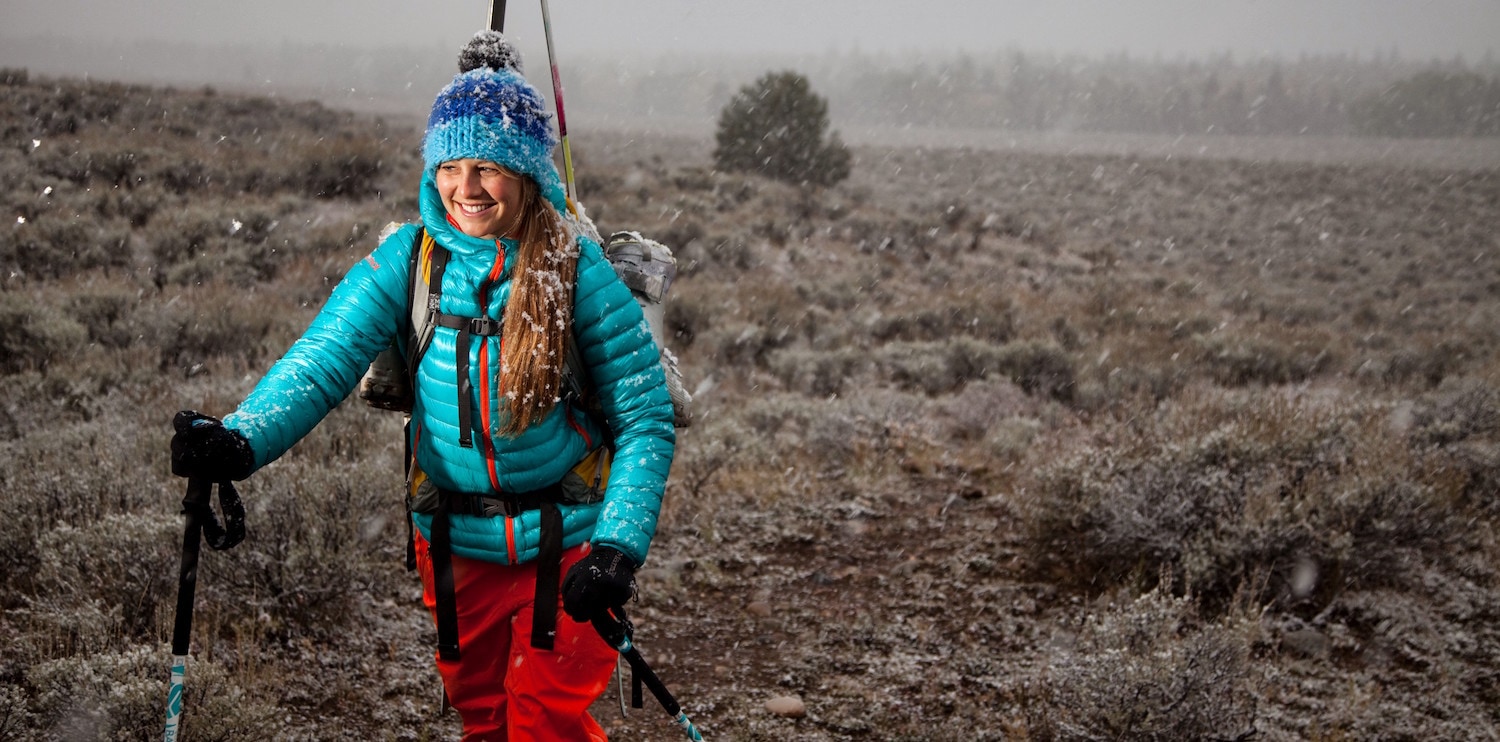Jeanne Vance loves to ski so much that five years ago, she purchased a vacation home in the Lake Tahoe area so that she could pick up and go from her Sacramento, California home any time the mood struck. Trouble is, she sometimes finds the snow missing and then needs to look for alternative activities.
Climate change hasn’t been kind to snowsports, particularly in the West. According to Climate Central, 2011 and 2017 were the only two years in the past decade when the snowpack was above average. Around the country, 73 percent of weather stations report declining annual snowfall from 1970 onward, according to the USDA. A 2017 study by scientists in Colorado looked at several emissions scenarios and found that virtually all downhill skiing destinations around the U.S. would see drastically shorter winter seasons by 2050. Ski resorts and those who love skiing and snowboarding are finding it’s time to get creative.
The upside is that most ski resorts are located in areas already rich in natural beauty and outdoor recreation. So if the skiing sucks, there’s still plenty of other things to do. Plus, as the potential for a snowfall shortage becomes more likely, ski resorts are upping their offerings on and off the mountain and pointing visitors in the direction of nearby activities.
When Vance planned a weeklong February ski trip to Tahoe a few years back, she tracked the snow situation in the days leading up to her departure. “I knew it was a dry year so I was prepared to adjust my mindset,” she said. “The resort was open, but the conditions were so bad that it wasn’t worth trying to ski.”
Instead, Vance, an active triathlete at the time, packed her road bike, running shoes and swimsuit and put in some race training. “Incline Village, where we stay, has a fantastic rec center with a beautiful pool, so that helped,” she said. “The roads around Tahoe are perfect for getting out on a bike, too, so it all worked out, even if I was disappointed.”

Sometimes, all you get is just enough snow to ski down.
Rob Linde, spokesperson for the Arizona Snowbowl in Flagstaff, Arizona, where snow can sometimes run scarce, said that the resort actively promotes the diversity of the area and available activities nearby. “We work closely with the visitor’s bureau to accommodate visitors looking for options beyond skiing and snowboarding,” he said. “Not far away we’ve got Sedona for hiking and mountain biking, Lake Powell for watersports and the Grand Canyon is only 75 miles away.”
Likewise, Diamond Peak, Nevada, on the north shore of Lake Tahoe, helps snow lovers find options when the snowpack is low. “If it’s a bad year, visitors can find an infinite number of trails in our backyard,” said Marketing Manager Paul Raymore. “Fat tire mountain biking is a popular option because it can handle a mix of dirt and snow.”
Ski resorts across the country are increasing their off-season services—from disc golf to downhill mountain biking to music festivals. You’ll find base-area yoga studios, guided tours of local breweries, snowshoe stargazing treks, local hot springs and treetop ropes courses. California’s Squaw Valley and Mammoth Mountain ski areas both recently opened via ferrata climbing routes, which allow visitors to scale the mountain using bolted routes. Although mainly built as summertime offerings, these activities can help provide things to do in low-snow years, too.
Outside of going ever higher in elevation to find snow, some years just won’t offer the snowpack you need for a perfect ski vacation. Learning to live with that reality and adjust your plans is the sure fire way to ensure your trip won’t go off the rails. That’s the approach Vance has taken: “For me, there’s always fun to be had.”
